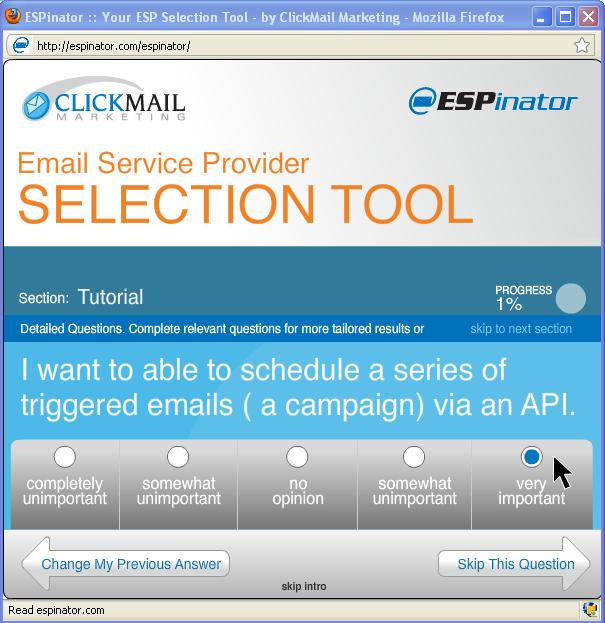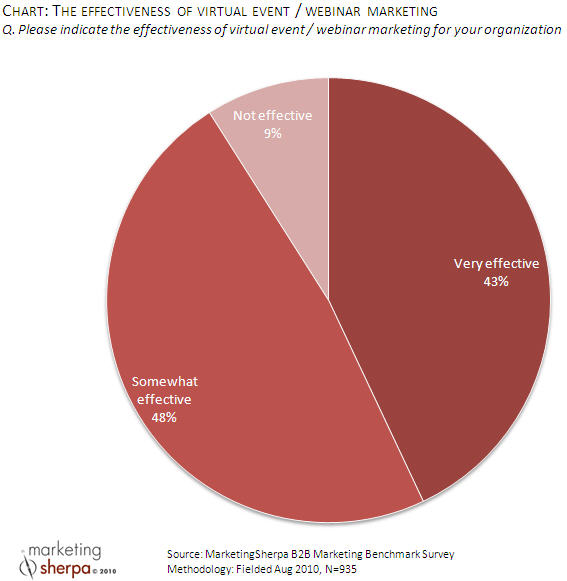Several weeks ago I had the opportunity to chat with Brian Carroll, Executive Director of Applied Research at MECLABS, the parent company for MarketingSherpa, about the current state of B2B marketing, and what marketers can look forward to in 2011.
Our discussion covered three main areas — the alignment of Marketing and Sales, marketing automation tools and marketing operations as new a position within Marketing — and how all three are related.
For those attending MarketingSherpa Email Summit 2011 (January 24-26 in Las Vegas), Brian will be moderating a panel entitled, “How to Develop Content for Specific Buying Stages” as a B2B breakout session on Day 2.
Aligning Marketing and Sales
B2B marketers are being pressured to prove their value, particularly in terms of being able to contribute measurable revenue, and the struggle is that marketers are not fully in control of the process. Essentially marketers do not get to own a lead from first contact to close. Leads are generated and at some point the baton is handed to Sales to, “run the race and win,” as Brian put it.
He explained to me, “A lot of marketers don’t really understand the challenges facing salespeople today because they haven’t been a salesperson themselves. So there is the age-old debate around Sales and Marketing alignment, which is — Marketing wishes salespeople would act on their leads and give them feedback, and the salespeople wish that Marketing would actually give them leads, or at least more of the good leads and less of the bad, because they want real opportunities.”
Brian said the big theme is: the alignment of Sales and Marketing will drive results from the top of the funnel to the bottom line. Many B2B marketers understand that aligning Marketing and Sales is a net gain for both departments and the entire company, and evidence of that can be found in the MarketingSherpa 2011 B2B Marketing Benchmark Report where research found that lead quality is a top priority for B2B marketers.
And to go back to Marketing proving its value in terms of revenue? Brian said the key metric more and more executives are looking to Marketing for is the expense-to-revenue ratio, that is, the expense of marketing efforts to the revenue produced.
Marketing Automation
According to Brian, marketing automation is not going to solve every problem, but it’s a great start to help marketers. He did caution that often starting a marketing automation effort can expose more problems than it solves. It can expose things like the weakness of the data quality marketers are using. So it’s important to remember marketing automation is a tool, but it won’t do the work for you.
He said many marketers are using marketing automation mostly as an email tool, and this usage can expose the lack of a content strategy.
“Most people are still doing ‘batch-and-blast’ campaigns to lists that aren’t very targeted,” Brian told me.
This ties back into the alignment between Sales and Marketing, because better alignment will, hopefully, help bring about a content strategy, clarity of the value proposition, effective lead qualification and a lead nurturing process.
Marketing Operations
During our talk, Brian said, “I think what’s really needed is new position within Marketing which is called ‘marketing operations,’ and what that entails is really working to understand how Marketing is interfacing with the different operational aspects of the company — including Sales, including IT, including Finance — because those are all the places that marketing needs to go to get the data points that they need in order to prove their value.
“And on the other side of that is they are often going to be interfacing with the product development, or R&D, inside the company as well.”
He added that when marketing automation exposes problems, it will be up to marketers to really act as leaders inside their companies to teach and explain, and to not just report data, but to give real insight to the executive suite. When the CEO asks why only 1000 emails were sent to a list of over 10,000, the marketer is ready to explain those 1000 addresses were created by a high-level segmentation and that targeted list represents 70% of the revenue opportunities for the year.
He thinks when marketers can achieve better alignment with Sales and are prepared to explain and lead, they will do a better job of marketing inside the company. And that will make their marketing outside the company more effective as well.
Related Resources
Email Marketing Summit 2011
Fostering Sales-Marketing Alignment: A 5-Step Lead Management Process (MarketingSherpa Members’ Library)
2011 B2B Marketing Benchmark Report
Marketing Career: Can you explain your job to a six-year-old?
Marketing Leader’s Perspective: No cogs allowed in social media and content marketing












